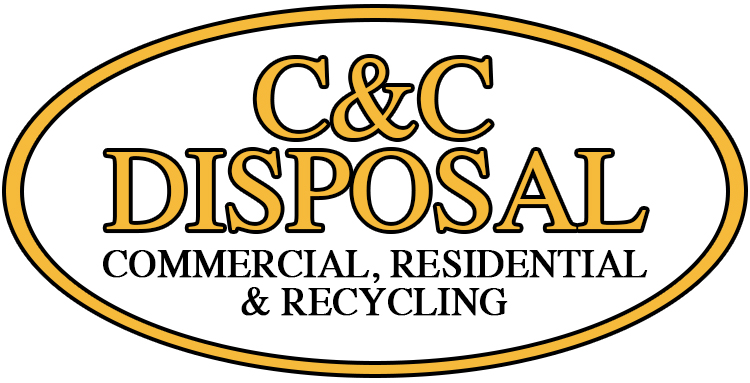
Zero waste living is a growing movement that encourages the three Rs: reduce, reuse and recycle. The goal is to generate the smallest amount of landfill-bound trash possible – or none at all. For most of us, going zero waste is a big lifestyle change. (One of our writers, who put zero waste living to the test for two weeks, can personally vouch for that). We recommend focusing on the kitchen first, where most household waste is produced. So grab a recycling bin, and let’s get to it.
Start With Cutting Food Packaging Waste
A zero waste kitchen begins with mindful food choices at the supermarket. Start with recycling cardboard boxes, plastic wrappers, and aluminum cans according to your local guidelines. And if you can, eliminate food packaging wherever possible. Here’s a few tips and habits to start reducing kitchen waste.
- Buy foods like nuts, grains, oils meats and spices in bulk or at the counter.
- Ask the butcher, baker or deli to package your items in your own reusable containers.
- Avoid individually packaged or pre-cut food products.
- Look for the recyclable symbol on the package before purchasing.
- Refill wine bottles at a local winery.
- Avoid microwave dinners and other packaging treated with protective plastic.
- Compost nonrecyclable paper products like greasy pizza boxes or messy to-go containers.
- Pack lunches for school and work in reusable containers.
- Store food in longer-lasting glass containers instead of plastic Tupperware.
- Purchase a growler to fill with beer at a local brewery.
- Make your own salad dressings, orange juice and jams to skip the plastic bottles.
- Buy eggs and produce from local farmers markets.
- Quench your thirst with filtered tap water instead of bottled water.
- Bring your own reusable produce bags and canvas or cloth bags for groceries.

Recent Comments